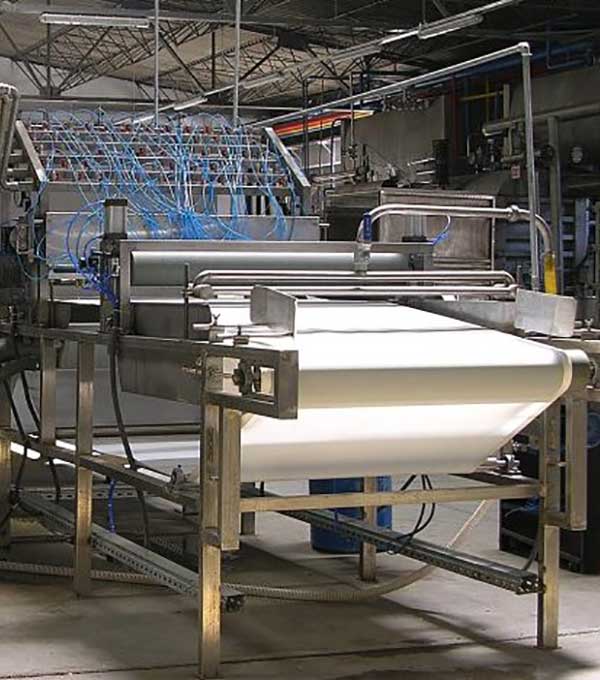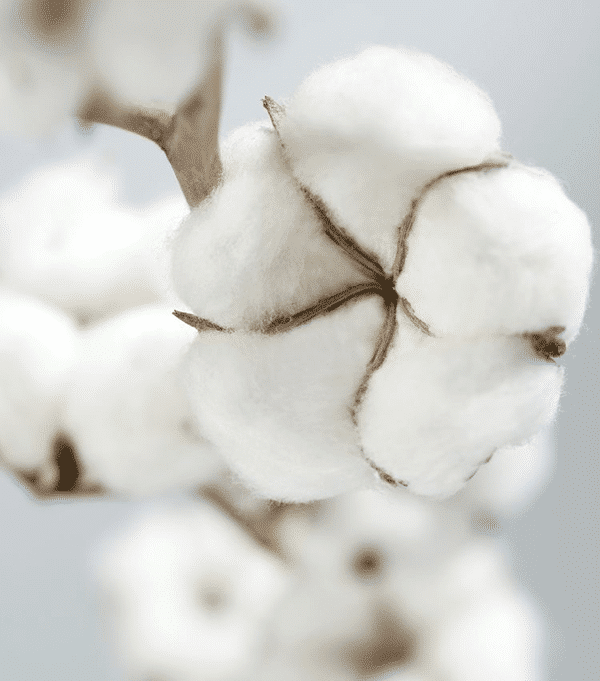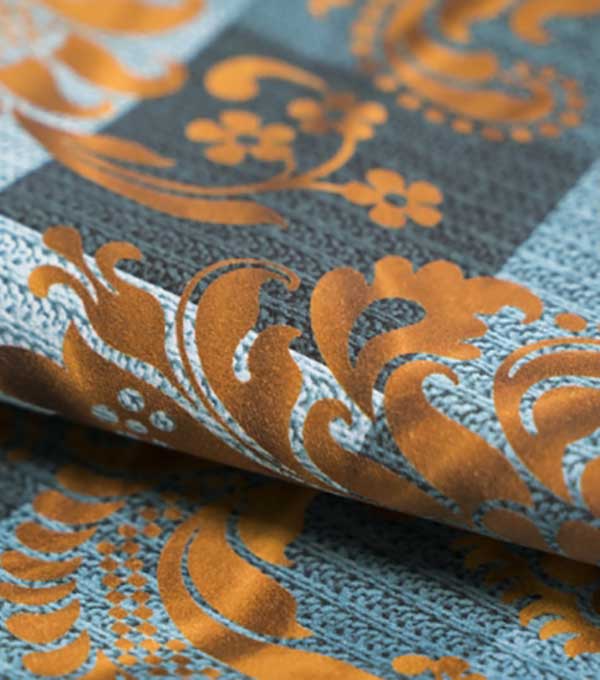PRODUCTS
Products
Natural celluloses such as cotton, wool, linen, silk…, synthetic fibers such as polyester, polyamide, polyurethane, regenerated cellulose fibers such as viscose, rayon, and fiber types consisting of their mixtures are processed in the Textile Businesses. Textile production is a very complex and difficult application. The applied process differs according to each fiber type. In fact, this difference is observed, for example, depending on whether the fabric is woven or knitted in cotton. All processes applied from the beginning of textile production to the final state (sales stage) are called Textile Finishing, and the chemicals used in these processes are called Textile Auxiliary Chemicals. In Textile Finishing, the processes applied at the beginning to prepare the product for dyeing-finishing… processes are PRE-FINISHING processes. With pre-treatment, the success of textile finishing is increased by pre-cleaning the fabric by removing oil-dirt, cooking and bleaching to make it hydrophilic and white. Therefore, pre-treatment is of great importance.
Cotton fiber is the cellulose part of cotton that grows in nature. Cotton obtained from nature contains 88-96% pure cellulose. The rest is 1.5-5.0% protein-petkin, 0.5-0.6% oil-wax, 2-3% moisture and 1% inorganic substances. These impurities must be removed. This is achieved by pre-treatment processes. For this reason, it can be said that the superior quality of cotton fabric depends on the correct pre-treatment processes and the use of the right chemicals. Yarn obtained from cotton; It is made into fabric by weaving or knitting method. If the yarns are to be used for weaving, they are sized. As a general rule, finishing processes are applied to the woven fabric in weaving, while in knitting, a significant part of the finishing process is applied to the yarn and then it is turned into fabric.

Wide product range, R&D support and more for Textile Auxiliary Chemicals.




